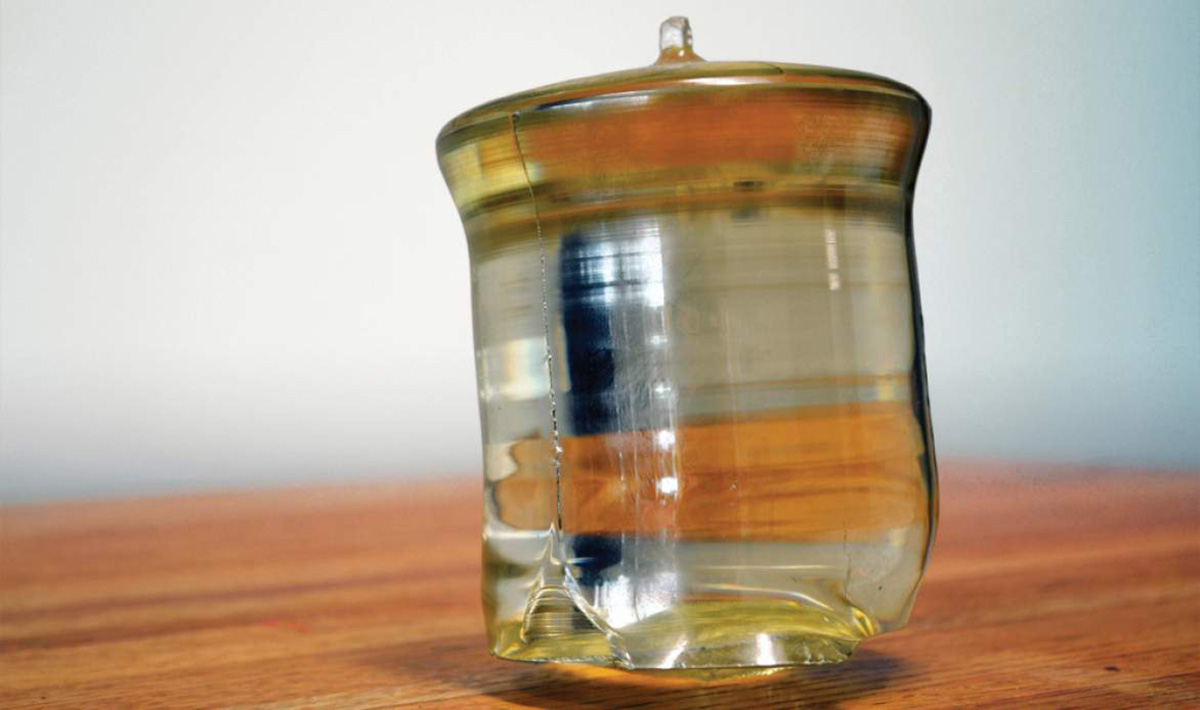Lithium niobate, a compound of niobium, lithium and oxygen, and its crystalline cousins are at the core of how we communicate with one another. To provide homes, businesses and classrooms with the Internet, the crystal is sliced into thin rectangular sheets, each around 5 centimeters long. These sheets form the key piece of a device called an optical switch.
Fiber optical systems are the fastest information-moving mechanism we know of. They work this way: As light moves through the crystal, electricity can change the way the light moves, turning the transmission of the light through the crystal "off." If you can build an "on/off" mechanism, you’ve built a light switch. Depending on the type, an optical switch is worth between $1,000 and $10,000.
The Internet needs optical on/off switches because, like all digital communications, the Internet’s info is carried in bits of “0s” and "1s." Think of it as analogous to Morse code. Rather then sending a signal a couple of times a second, an optical on/off switch can switch the light "on" and "off" a billion times a second, so that information moves at close to a gigahertz.
So, how do you get gigantic single crystals with which to make switches and other useful devices? Crystal growers grow them in a complicated, high-heat process that takes about a couple of weeks. The one above is a bit larger than a soda can.
By Amy Mast



